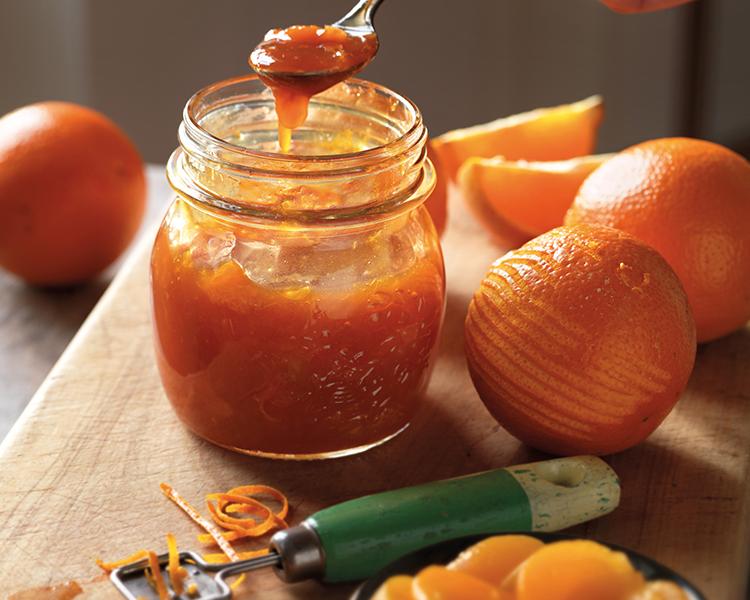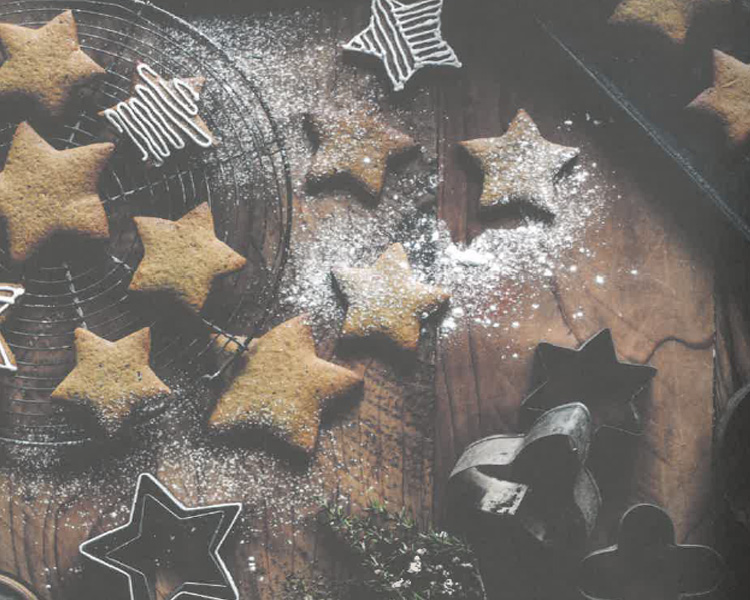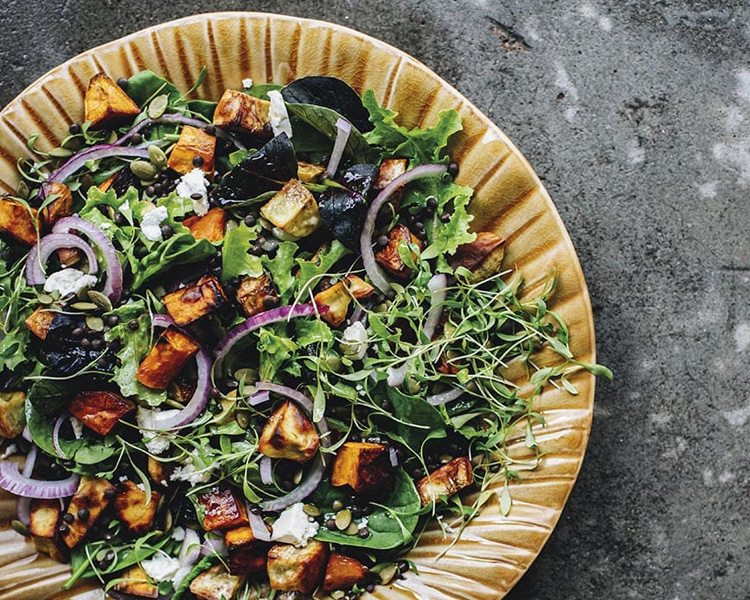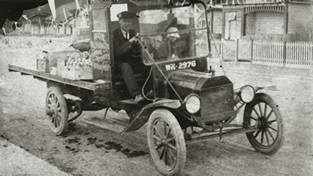
Preserving is a great way to enjoy the season’s best flavours at any time of the year. Pick what’s in ample supply (e.g. berries and stonefruit in Summer, pears in Winter) and preserve to enjoy year round.
The aim of preserving is to slow down the activity of microorganisms and enzymes or destroy them altogether. Here’s a few common methods of preserving:
Freezing - the colder the food, the slower the rate of deterioration. Freezing only slows down enzyme activity so vegetables must be blanched in boiling water first.
Heat - boiling or blanching at high temperatures destroys enzyme activity and almost all microorganisms. Boiled preserves must be sealed in airless conditions to prolong their shelf life.
Strong Concentrations - alcohol, acid, salt and sugar in high concentrations either prevent or destroy microorganisms. The method used will depend on what you’re preserving.
Essential Equipment
- Small ladle for potting all types of preserves.
- Slotted spoon for poaching and skimming
- Wooden spoon for stirring
- Tongs for removing items when heat processing
- Jam/sugar thermometer for accurate temperature taking
- Hydrometer - useful for brewing to measure the alcohol content
- Wide mouth funnel for potting up preserves
- Long spouted funnel for bottling drinks and sauces
- Cheesecloth for filtering and straining liquids
- Jelly bag for straining fruit pulp
- Muslin cloth for straining, wrapping meats or making spice bags
- Food processor to save time and effort when mixing, blitzing, mashing or pulping
- Large plastic container with drip tray for brining and curing meats
- Stainless steel preserving pan— a specialist, non-reactive, heavy based pan for rapid boiling.
Containers
The right container can make all the difference when preserving. Containers must always be in good condition and steralised before use.
- Clear glass bottle - used with an airtight cork these are perfect for wine, cider and cordials
(alternatively use a swing stopper bottle)
- Ice cube box for freezing small portions of herbs
- Plastic freezer containers for freezing jams, fruit, vegetables, purees and sauces.
- Jam jars for storing jams, chutneys, jellies etc. A new lid or waxed disc is essential every time.
- Corks for stopping home brews.
- Ramekin dish for potting up meat and fish or butter, cheese and jellies.
- Specialist preserving jars - heat resistant, with non-corrosive lids and replaceable seals.
Ingredients
- Salt - draws out the moisture in food. Can be used for preserving vegetables, meat and fish.
- Sugar - just as effective as salt when used in high concentrations (60% +). Mostly used to preserve fruit or used with vinegar to preserve fruit and vegetable mixes such as chutneys.
- Fats - not a preserving agent but used to protect some preserved foods by forming a protective seal.
- Vinegars - prevents the growth of microorganisms. Mostly used to preserve vegetables as pickles, relishes and sauces.
- Lemons - used when making jams. Adding lemon draws out the pectin, helping the mixture set.
- Spices and flavourings - enhances flavour of preserves and can even actively help the preserving process.
Check out our selection of preserving books, tools and equipment available online for delivery nationwide or visit our Variety Departments for the full range.
Featured image: Apricot Tangelo Marmalata from Rowan Bishop 'With Relish'. Photograph by Carolyn Robertson.






